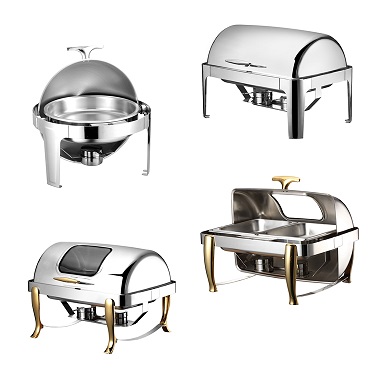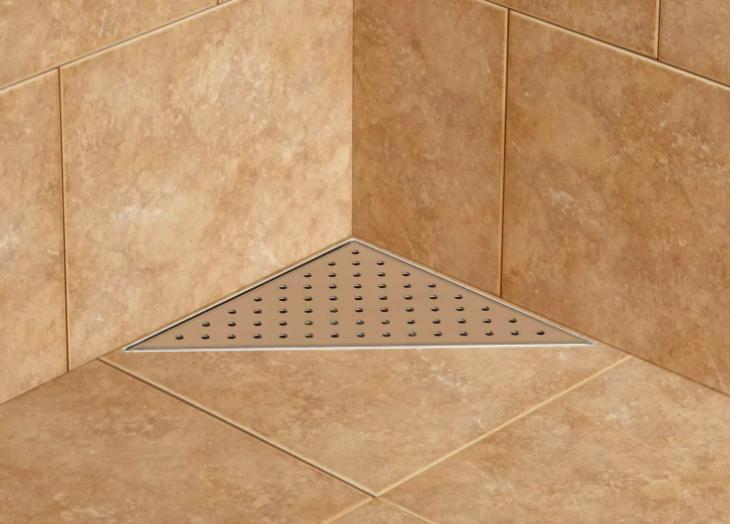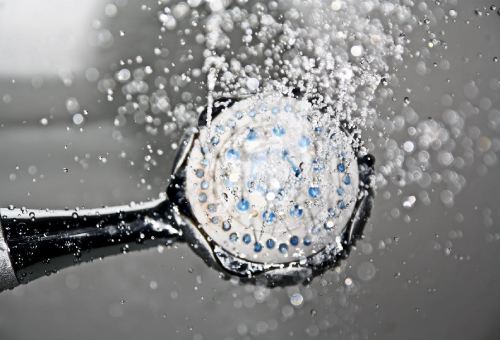Za'atar, the Arabic spice mix that will transform your dishes: how to make it and use it in your kitchen (with seven recipes to try)
No comments TODAY WE TALK ABOUT
Share Za'atar, the Arabic spice mix that will transform your dishes: how to make it and use it in your kitchen (with seven recipes to try)
Herbs, spices and seasonings -well used- have the ability to transform the most bland of dishes into a delicacy and elevate it to a higher level of flavor. There are as many combinations as there are cooks and tastes, however there are mixtures that, due to how well they work, have earned their own name.
One of these is the za'atar (zatar, zahtar or zahatar), one of the small jewels that arrive in powdered form from the Middle East. If you are a fan of Arabic cuisine, it is more than likely that you know it and even have a jar of this dressing or condiment in your kitchen. But if this is not the case, we will tell you what za'atar is, we will teach you how to prepare it at home and we will finish off the game with seven recipes in which to use it.
Za'atar is officially an aromatic herb of the oregano family but it also gives its name to a combination of spices. Its use is widespread in the kitchens of Israel, Syria, Lebanon, Turkey and Palestine. The mixture is simple and includes its own dried leaves, sumac, thyme and toasted sesame seeds. Sometimes oregano or marjoram is also added.
It is characterized by a fresh and herbaceous flavor with slightly acid touches. Normally its preparation is based on secret recipes that are passed down between families and of course, it differs depending on the area or country where it is prepared. The Jordanian is richer in sumac (which gives it a deep red color), the Lebanese has dried orange peel, and the Israeli is abundant in dried dill.

Fresh za'atar -we recently told you about it- is present in the kitchen of one of our favorite chefs, Yoham Ottolenghi, who told the English newspaper The Guardian that it can be used in tomato, spring onion and salads a dash of lemon, or mixed into bread dough before baking.
Our za'atar recipe
Ingredients
For peopleHow to make za'atar (zatar, zahtar or zahatar)
Difficulty: EasyWe roast the seeds sesame, cumin and peppercorns in a hot skillet for a couple of minutes. When they give off their aroma, remove from the heat and let cool. We crush the peppercorns in a mortar.
Then we mix all the spices, herbs and seeds, add a pinch of salt and that's it. We can pass the mixture through the mortar if we want a finer texture, but it is not necessary. This is in taste.
Za'atar will keep in good condition for months if we store it in an airtight glass container, in a dry place and away from direct sunlight.
Thank you! 30 votesHow to use za'atar
The use of this dressing has no rules, we love to sprinkle it with hummus, vegetables -such as cauliflower, carrots or pumpkin- and breads planes, which we later water with oil. It also adds a delicious touch to homemade falafel.
In Lebanese cuisine it is very common to find it served on manakish, a flatbread on which it is sprinkled, or with fatteh -or feteh-, a pita bread that is covered with fresh yogurt and cooked chickpea, or as Kibbeh ingredient.
In addition to these uses, za'atar can be used as a dressing in vinaigrettes for salads and in dishes to which we want to add a touch of freshness. Ideal on coals and grills with a good pork meat such as the secreto or the Iberian presa, either sprinkled during cooking or as a previous marinade (mixed with yogurt, oil, etc.).
Lean fish and shellfish benefit greatly from a touch of za'atar at the beginning of cooking, which releases all its aromas and flavors with the heat. Middle Eastern kitchens even use it in confectionery, adding it to sweet and savory doughs or phyllo dough.
Seven recipes in which to use za'atar
Direct to the palate | Quick guide for the use of the main aromatic herbs and spices Directly to the palate | How to make curry powder at home
Share Za'atar, the Arabic spice mix that will transform your dishes: how to make it and use it in your kitchen (with seven recipes to try)









3969